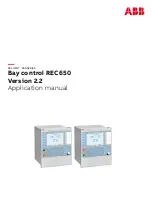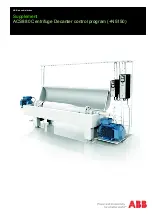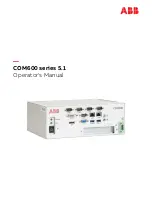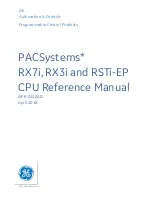
PressureMAT User Guide
Revision 8
Page 23/48
2. Setup and Use of the System
2.1.
System Setup*
1.
Connect the pressure sensor cables to the back panel. If a pressure sensor is not connected
when power is supplied to the system, the pressure will go to a value greater than 75 psi/
5.17 bar and an high pressure alarm condition will occur on the respective channel(s). If a
sensor is inadvertently disconnected during a process and stops monitoring pressure, there
will be an alarm notification. An associated relay will switch and the analog output will
send >20mA.
2.
Connect the analog and relay outputs, if required as shown in Section 1.2.1
3.
Connect the pressure sensor(s) to the cable(s) connected to the system.
4.
Connect system to appropriate power source.
Note: If a pressure sensor is not connected or is disconnected during operation of the system,
the pressure reading will drift and eventually go to a value greater than 75psi/5.17 bar and
an alarm condition will occur. The time until the high alarm occurs may vary and this
feature should not be used to control a process due to the time variance. Associated relays
will switch and the analog output will send >20mA. Also, a new sensor that has not been
zero-calibrated can bypass an alarm set-point triggering an alarm condition.
5.
Using the instructions from the previous section 1.2.2 and while the sensor(s) is at
atmospheric pressure, zero calibrate the sensor(s) being used (if not reading 0.0 psi / 0.00
bar when installed) by pressing the Tare (LEFT ARROW) button with the proper channel
selected.
* See Section 3 for information on the flow meter input function and Section 4 for analog input
function.
















































